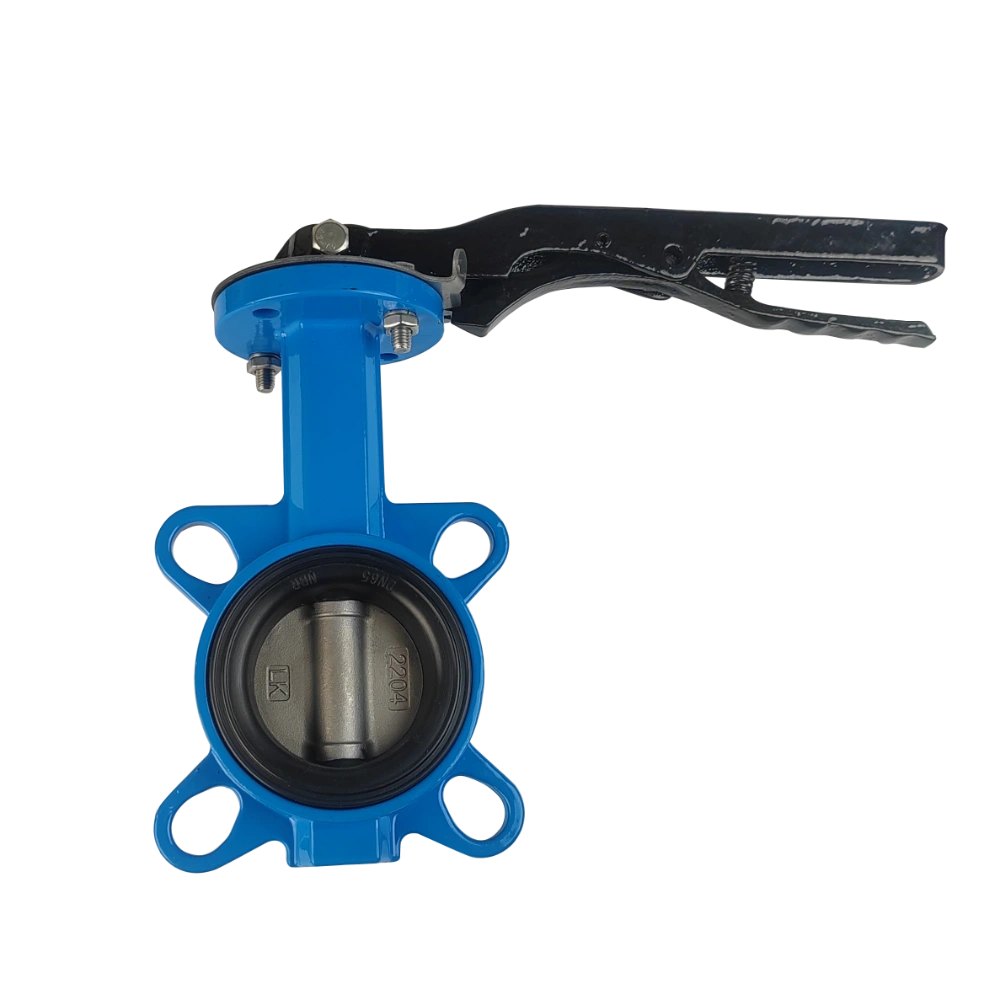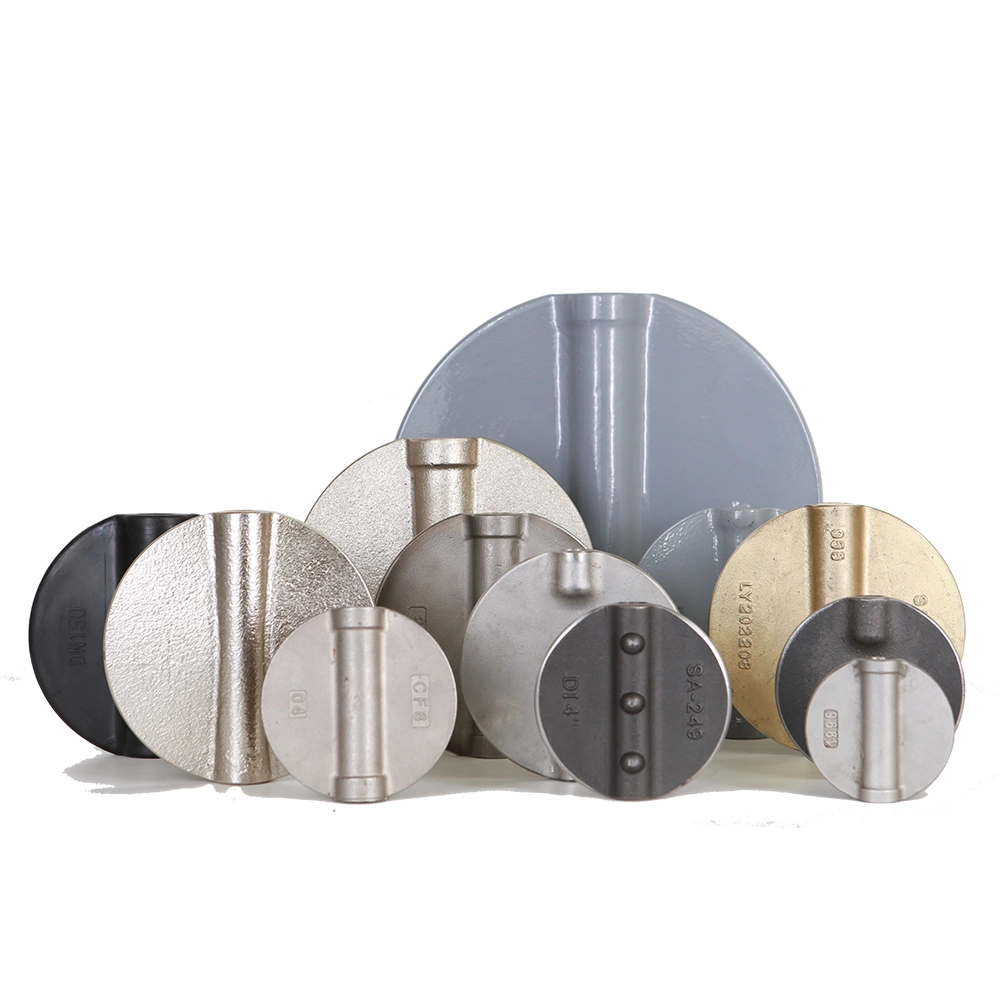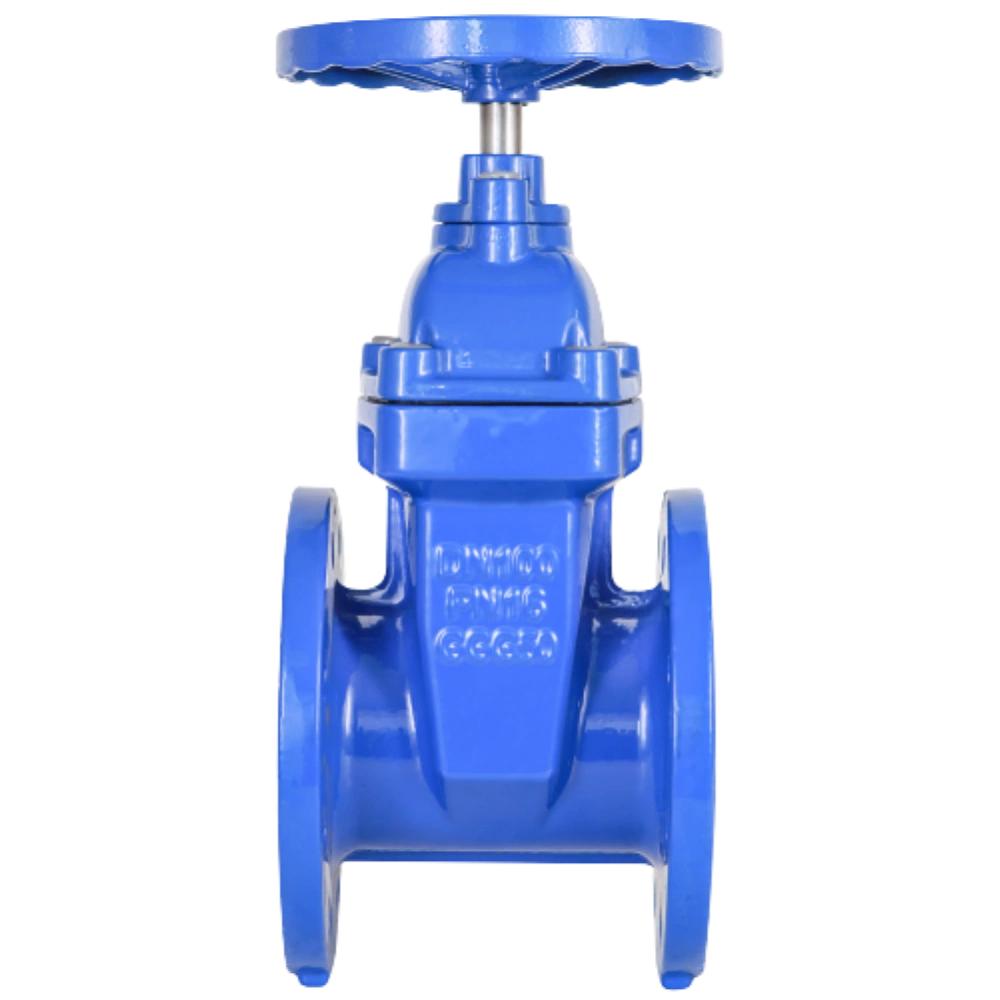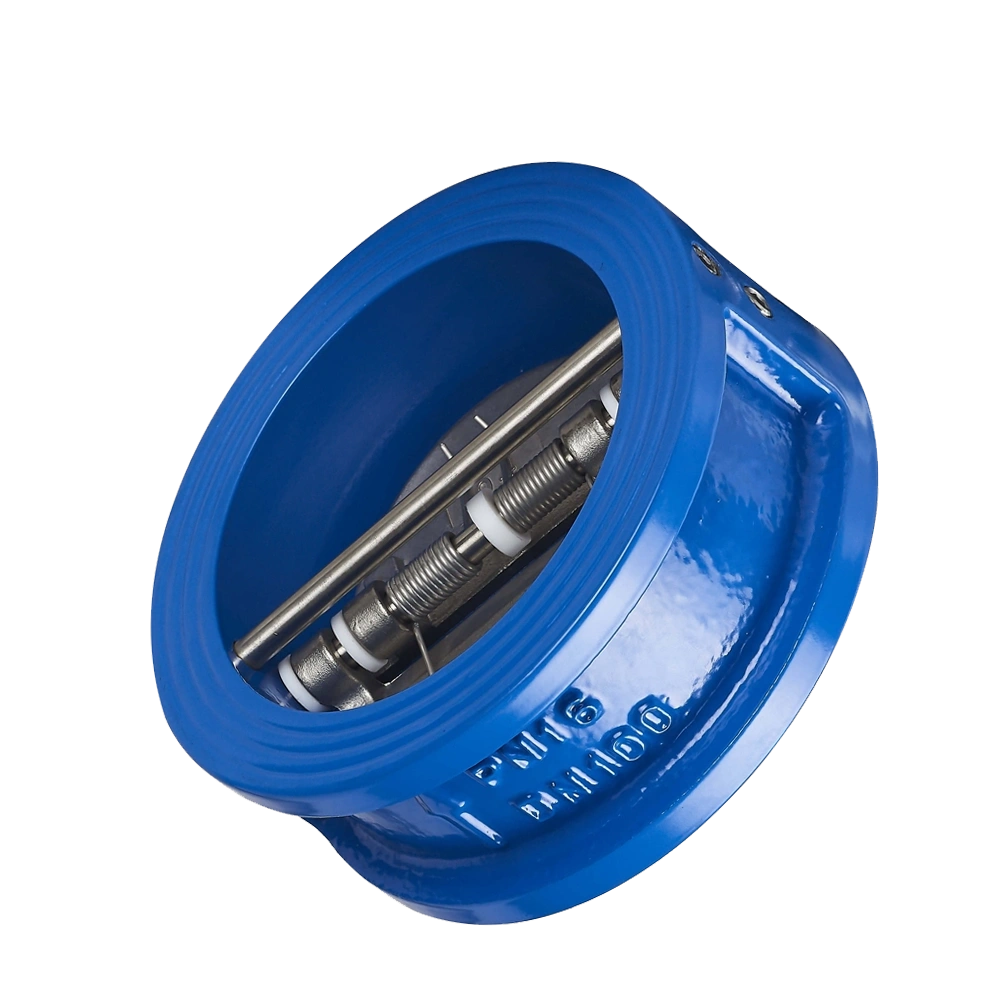Butterfly valves are crucial in many industries. They are used in water treatment, oil and gas, chemical processing, plumbing systems, and more. Their primary function is to regulate the flow of fluids through pipelines. Because they work in a challenging environment, they should be properly taken care of. If you do not maintain them, they can leak, break, or even cause system errors.
That is why maintaining butterfly valves is so important. This helps you avoid expensive repairs, save time, and increase safety. In this guide, we will explain what butterfly valves are, why they require maintenance, how often they need to be inspected, and provide easy steps to keep them in good condition.
What Is a Butterfly Valve?
A butterfly valve is a type of quarter-turn valve. It has a flat disc that rotates to open or close the flow of fluid. The disc is mounted on a rod or stem, which is turned using a handle or actuator. When the disc is turned parallel to the flow, the valve is open. When it is turned perpendicular, the valve is closed.
There are different styles of butterfly valves, such as:
- Wafer-type: Fits between two flanges.
- Lug-type: Has threaded inserts for bolting.
- Double flanged: Used for large pipelines.
These valves are light, very low costs, and are easy to operate. But, like all mechanical hardware, they require legitimate support.
Why Butterfly Valve Maintenance Is Important
Without maintenance, butterfly valves can fail. This can cause:
- Leaks and loss of fluid
- Pressure drops
- System shutdowns
- Equipment damage
- Safety risks
In industries such as oil and gas, even a small valve failure can cause major problems. By doing regular butterfly valve maintenance, you can reduce the chance of failure and make sure your systems work smoothly and properly.
Maintenance also helps:
- Extend valve life
- Improve system efficiency
- Lower repair costs
- Take after Security and Compliance Benchmarks (e.g., API 609 or ISO 5211)
Common Problems with Butterfly Valves
Here are some typical issues you might face:
- Corrosion occurs when valves are exposed to chemicals, salt water, or a humid environment. This valve can damage the body or plate, potentially causing leaks.
- Use over time and wearing tears, seals, gaskets, and plates. It leads to poor sealing and passivity of flow control.
- Poor installation: If the valve is not properly adjusted, the plate can kill the pipe wall and cause damage.
- Lack of lubrication: parts such as stem or plate require lubrication. If they dry, they wear out quickly.
- The remaining materials in debris and blockdart, corrosion, or pipes can block the valve and prevent it from working.
How to Do Butterfly Valve Maintenance
Here is a very easy and simple step-by-step guide for butterfly valve maintenance:
Step 1: Visual review Visual assessment Check the valve body, jolts, and spines for hurt or rust. See for breaks or loosened fittings.
Step 2: Clean the Valve. Wipe dirt and dirt. Use water or a mild detergent to remove residue. Avoid using rigid chemicals until the valve is taken into consideration.
Step 3: Check the Disc and Seat. Open the valve to see if the plate moves freely. Close it if it does not. Look on the rubber or teflonset for crack or put on.
Step 4: Lubricate Moving Parts Apply the right sort of grease to stems, slab shafts, and other moving parts. Do not over-spraying.
Step 5: Tighten Bolts. Ensure all bolts and fasteners are tight. Loose bolts can motivate vibrations and defaults.
Step 6: Test Operation. To ensure smooth action, open and close the valve. Listen to abnormal voices or resistance.
Step 7: Record Maintenance Log in inspections and responsibilities. Then This allows you to tune the popularity of the valve over the years.
How Often Should You Inspect Butterfly Valves?
The inspection rate depends on the type of valve, the type of fluid, and the operating conditions. Here are the general guidelines:
General use: Once a year
High-Pressure System: Every 3-6 months
Stiff liquid or temperature: Monthly
Important application (chemical plant, gas lines): after 1000 hours or recommended
Some companies use time-based inspections, and others operate time-based or risk-based inspections (RBI). In RBI, inspection is based on the risk associated with the valve fault.
Standards and Regulations
The following industry standards help to ensure safe and appropriate valve use. Some are important here:
API 609: Butterfly covers valve design and test
API 6D: Pipeline set glasses for valve
DNVGL: Offshore valve rules include
ISO 5208: For pressure test
By following them, you comply and reduce the risk.
Inspection Checklist
During an inspection, check these main parts:
The components of the valve body rust, cracks, or damage; the stem correct movement, no twist seal and gasket cut, leaks, or swollen fasteners are dense and corrosion-free; the actuator proper surgery, and no unusual noise or misunderstanding.
Best Practices for Butterfly Valve Maintenance
Follow these tips to work well with the valve:
- Store the valve in a dry, clean place.
- Avoid leaving or injury during handling.
- Do not force a fixed valve first – first check.
- Use protective cover during downtime.
- Always follow the manufacturer’s instructions.
- Training staff on correct inspection procedures.
Also, select the correct valve material for your application. For example:
- SS316 for corrosive liquid
- Rubber seats for regular water use
- PTFE -Seter for chemical resistance
Conclusion
The butterfly valves are strong and reliable, but only with the right care. Without regular upkeep, they could fall apart, leak, or stop working.
To avoid this, look at the valve regularly. Look for rust, damage, or free parts. Carefully smooth the valve and observe the perfect lubricant. Change any put-on and seals. Always use the appropriate system and review the adjustment. Loving a file facilitates providing early trouble.
Follow standards, such as API 609 or ISO 5211, for quality outcomes. These steps help your valves last longer and perform better, saving money and time.




